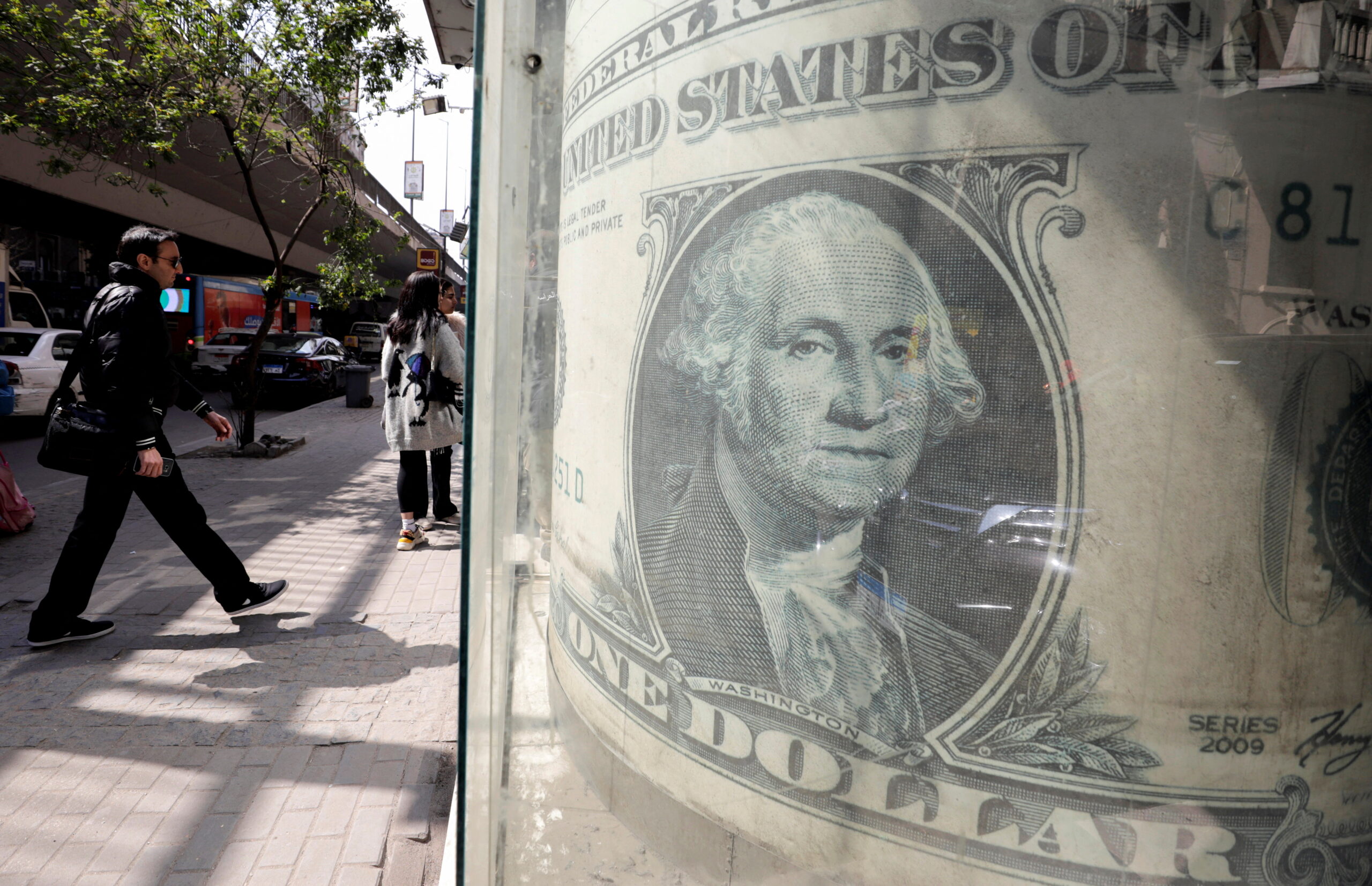

This article is only available to Macro Hive subscribers. Sign-up to receive world-class macro analysis with a daily curated newsletter, podcast, original content from award-winning researchers, cross market strategy, equity insights, trade ideas, crypto flow frameworks, academic paper summaries, explanation and analysis of market-moving events, community investor chat room, and more.
Summary
- Whatever the official stats say, there is nothing quite like the reality check of a cross-country drive to get the pulse of the day-to-day economy
- Driving from California to New Jersey this summer, I did not see any major signs of recession.
- There were a large number of Hispanic immigrants across the agricultural Midwest – mostly deep red state territory. If Trump were re-elected, his plan to deport illegal immigrants would likely be economically devastating for these states.
- I encountered much grassroot Democrat enthusiasm for Harris, which corroborates her lead over Trump in mainstream polls.
Market Implications
- Markets may be over-estimating the odds of a US recession.
Driving Cross Country Is (a Lot) More Than Just Driving
We had the opportunity to spend the summer in California, helping our daughter move and deal with changing jobs and a new baby. We started the drive back to New Jersey in early August, just after the unexpectedly weak payroll report set off recession fears.
There was no sign of one in the San Francisco Bay Area. Traffic was as heavy as it had been all summer. Everyone I met seemed to be as busy as they wanted to be. People who had been hit by tech layoffs were enjoying time off while weighing potential job offers. I stopped by a local Judo dojo to watch a children’s class and ask about enrolling my grandson. The instructor said class sizes were growing. Hardly what you would expect to hear if parents were worried about a recession and jobs.
Granted, the Bay Area is not the whole economy. So as I drove East, I made a point of looking for signs of incipient recession. I did not find many. Specifically:
- Truck traffic along the interstate highways was every bit as heavy as when I drove cross-country in May. Many had signs on the back of trailers advertising for drivers.
- Convenience stores and gas stations along the way often had help-wanted signs. One store was offering a starting wage of $16/hour plus $1.50 more for the 10pm-6am shift but hadn’t filled the position.
- Glenwood Springs in Western Colorado a resort town which attracts people from across the country. Like the Bay area, everyone seemed to be as busy as they desired.
- Maybe there was selection bias here – unemployed people may be skipping vacations. But help wanted signs seemed to be everywhere. The local newspapers had plenty of ads for teachers and bus drivers and nurses and skilled construction workers.
- In the agricultural heartland of the Midwest I turned off the main highway arteries and drove the next 1000 miles on state, county and local roads. In the small towns I drove though, I saw more of the same – more help wanted signs at storefronts, local papers laden job ads.
- In rural Nebraska, Iowa and Wisconsin I was struck by the number of Hispanic people in the small towns. Indeed, some towns even had official signs in both English and Spanish. A knowledgeable person told us that half the population in one small town in southwest Wisconsin was Hispanic. Wow!
- Keep in mind that outside of major population centers most of this area is deep red politically. After national elections a map of how the country voted by county is close to solid red. If Trump were to be re-elected and followed through on his plan for mass deportation of undocumented immigrants, most of those red states would face economic collapse.
- In all those miles of driving through Red America I saw exactly two Trump flags. We’re talking Nebraska, Iowa, Wisconsin, Indiana, Ohio and Pennsylvania. That’s an enormous shift from 2016 and 2020 when pro-Trump signs were all over red states.
- In contrast, in Pittsburgh- a blue dot in largely red Pennsylvania ) – I saw a dozen “Harris for President” signs just in the first mile. To be fair, it was the week of the Democratic convention.
- Overall, I formed the impression that grassroots Democrats are far more energized than mainstream Republicans.
A Quick Word About Recessions…
It is easy to throw around the word recession. Generically we know it means a period of negative real GDP growth. But it is worth keeping in mind that the recessions since the early 1990s were brought on by major crises. The recession of the early 1990 came in the aftermath of the thrift industry collapse. The 2001 recession was largely about the 9/11 attacks. The 2008-09 recession was due to the financial crisis.
It has been decades since we’ve seen a traditional business cycle recession. In part the economy has become more complex and diversified. And since 2009 the Fed has done everything in it power to avoid being the cause of the next recession – a policy that Jerome Powell explicitly reiterated in his Jackson Hole speech when he said there was no need for the labor market to weaken further.
To buy into a recession scenario is to call for some sort of incoming crisis.
Share Your Stories!
Anecdote is not data, and the observations above will not help predict the next payroll release.
But for investors more focused on the intermediate term, there is good reason to be confident that the underlying macro picture remains sound.
Let’s compare notes. In the comment box below, please share what you’re seeing in the real economy around you, or what you noticed if you travelled this summer!
